Treatments
Here at RegeneSpine, we know how much pain can affect your life and relationships.

Here at RegeneSpine, we know how much pain can affect your life and relationships.

Discseel® is a revolutionary minimally-invasive treatment for low back pain. The treatment consists of performing an annulogram under live X-ray guidance to look for tears in the spinal discs. If tears in the discs are found, they are sealed with an FDA-approved 100% natural biologic called fibrin. The Discseel® procedure is a true alternative to spinal fusion.

At the RegeneSpine, Regenerative Spine and Joint Institute, Evidence Based Medicine is very important. If a patient is selected as a candidate for one of our procedures, participation with our outcomes recording program is appreciated. Each patient is asked to complete a survey prior to their procedure, as well as at several increments afterward. Reliable outcome measures are vital to our patient’s recovery and the future of Regenerative Medicine.
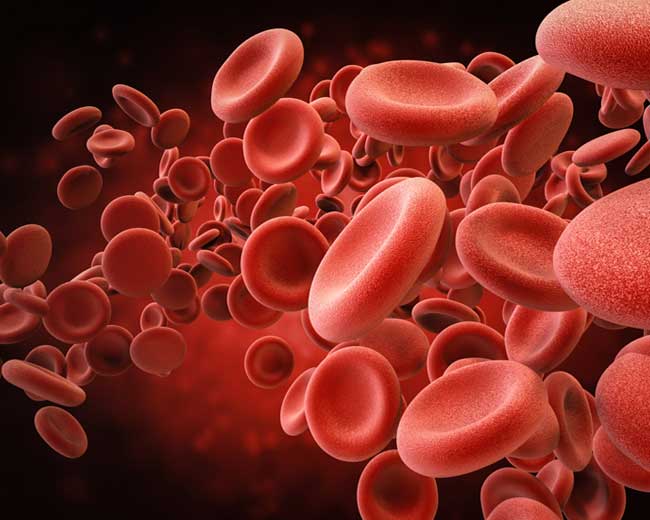
Platelet Rich Plasma (PRP) therapy is believed to work through the release of growth factors and cytokines (subtances secreted by the immune system that affect cells) that recruit reparative cells and enhance the healing process.
A small amount of blood is withdrawn form the patient. This blood sample is then treated to separate the platelets from the other cells found in the blood. The concentration of platelets is then increased by several hundred percent. The resulting highly concentrated mixture of platelets, plasma and other factors is then injected back into the patient in a very precise fashion, under ultrasound and/or x-ray guidance to treat the area of pathology.
Patients are advised to avoid NSAIDS (non-steroidal anti-inflammatory medications) and steroids in the period before and after the procedure the body’s own natural healing to take place. Specific restrictions and exercises may be suggested according to the area treated.

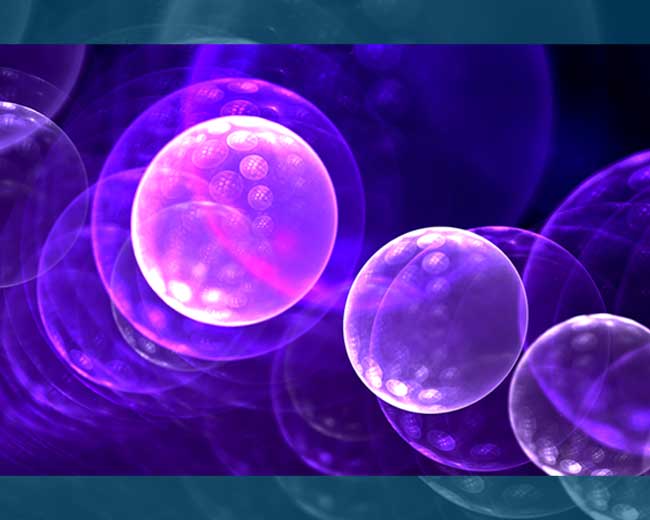
Stem Cells are found throughout the body. They are undifferentiated cells that can give rise to more cells of a differentiated cell type. There has been some controversy in regard to stem cell treatment. This controversy comes from the use of embryonic stem cells, derived from human embryos. This type of cell is not used at our Regenerative Spine and Joint Institute.
Mesenchymal Stem Cells (MSCs) are believed to enhance tissue repair via the production of growth factors and cytokines, and the recruitment of other factors to attract other cells to stimulate tissue repair.
A sample of the patient’s own bone marrow is aspirated via a needle, usually from the back of the iliac bone in the low back/pelvic region. The bone marrow is then treated to concentrate the amount of cells into a bone marrow aspirate concentrate (BMAC) which also contains platelets, cytokines, growth factors, and other substances. This bone marrow aspirate concentrate (BMAC) is then injected back into the patient in a very precise manner using ultrasound and/or x-ray guidance.
Patients are advised to avoid NSAIDS (non-steroidal anti-inflammatory medications) and steroids in the period before and after the procedure to allow the body’s own natural healing to take place. Specific restrictions and exercises are suggested according to the area treated.
RegeneSpine Regenerative Spine and Joint Institute accepts Medicare. We also accept workers’ compensation and other commercial insurance plans. Some of our procedures are not yet covered by health insurance.
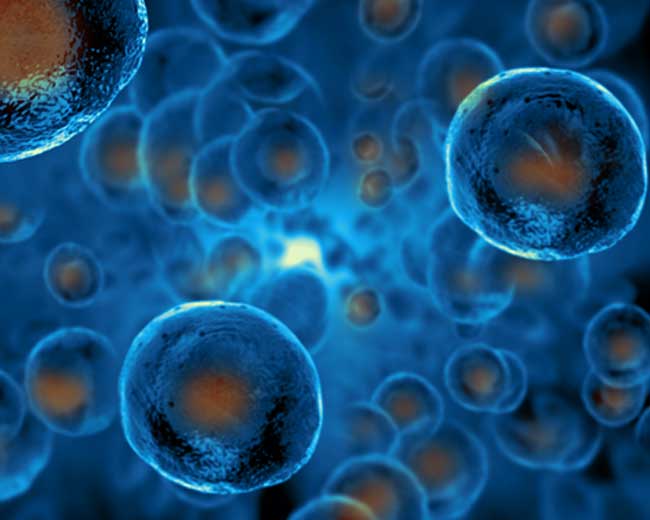
Your adipose tissue, or fat, contains a vast number of supportive and reparative cells that help promote a healing environment throughout the body. With a microfat procedure, a small amount of your adipose tissue is removed and treated to be reinjected into the body in areas of pathology.

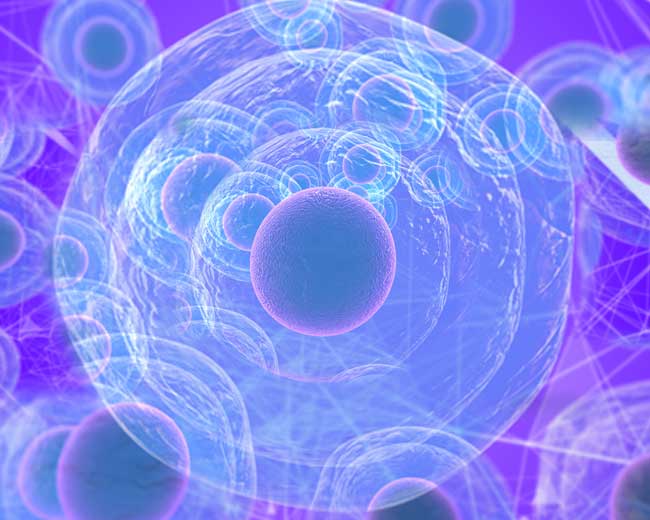
We offer a wide variety of treatments for disorders of the joints. Joint problems that can be treated in a minimally invasive fashion with injections include not only arthritis, but problems with ligaments and menisci, as well as labral and cuff injuries. We perform the majority of these injections under direct visualization using ultrasound and/or x-ray guidance.

An epidural injection is a minimally invasive procedure in which an injection is performed under x-ray guidance into the epidural space of the spine using steroids or a regenerative solution that can help relieve neck, arm, back, and leg pain caused by inflamed spinal nerves due to spinal stenosis or disc herniation. There are several types of epidural injection, which may be performed via the interlaminar (posteriorly, between the vertebra), transforaminal (from the side via the nerve foramen or opening) and the caudal (sacral area) routes.

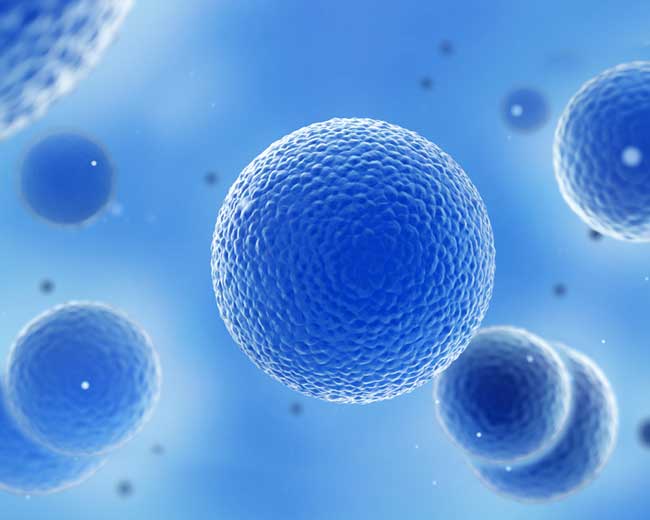
An intradiscal injection is a minimally invasive procedure in which an injection is performed under x-ray guidance into the intervertebral disc. This injection may be diagnostic, whereby a local anesthetic is injected to see if the disc is a source of pain, or therapeutic, for pain relief.

Facet joints, also called zygapophyseal joints are the small joints along the spine that provide stability and help guide motion. A facet joint injection is a minimally invasive procedure in which an injection is performed under x-ray guidance into a spinal facet joint for pain relief.


Radiofrequency ablations are minimally invasive treatments in which a needle probe is used to deliver energy via radio waves to heat up a nerve for the purpose of pain relief. At RegeneSpine, these procedures are used for the treatment of spine pain, sacroiliac pain, and pain in the hips and knees. This includes the pain in the hips and knees that may persist after a joint surgery or replacement.

Coolief ™ is a brand of radiofrequency ablation which is a minimally invasive treatment in which a needle probe is used to deliver energy via radio waves to heat up a nerve for the purpose of pain relief. The Coolief ™ system creates a larger lesion size than standard radiofrequency treatment. It is used for the treatment of spine pain, sacroiliac pain, and pain in the hips and knees. This includes the pain in the hips and knees that may persist after a joint surgery or replacement.


A sacroiliac injection is a minimally invasive procedure in which and injection is performed under x-ray guidance into the sacroiliac joint for the relief of pain in low back or pelvic area.

A spinal ligament injection is a minimally invasive procedure in which an injection is performed under x-ray or ultrasound guidance into the ligaments of the spine and surrounding structures.


A trigger point injection is a minimally invasive procedure in which local anesthetic or other agent is injected into a tender area of muscle or trigger point.

A nerve block is a minimally invasive procedure involving the injection of medication in the vicinity of a nerve to block the function of that nerve. In some cases, these may provide long lasting pain relief.


A spinal cord stimulator is a device implanted in a minimally invasive fashion in which a pulse generator sends a signal to a wire placed near the spinal cord. An electrical impulse is sent to stimulate the nerves in the area where your pain is felt. This may be helpful for patients with chronic pain in the spine, arms, or legs.

A peripheral nerve stimulator is a device implanted in a minimally invasive fashion in which a pulse generator sends a signal to a wire placed near a peripheral nerve. An electrical impulse is sent to stimulate the nerves in the area where your pain is felt. This may be helpful for patients with chronic pain in the ribs, arms, or legs.


Percutaneous tenotomy / percutaneous fasciotomy is a minimally invasive technology used to treat chronic tendon pain by precisely targeting and removing damaged tissue without the need for conventional surgery. The site of tendon pathology is identified under ultrasound imaging. Under live ultrasound guidance, a small instrument is used to remove the damaged tissue allowing the body to heal within 4-6 weeks. This has been used sucessfully in helping patients avoid surgery in clinical cases of lateral epicondylitis (tennis elbow), medial epicondylitis (golfer’s elbow), achilles tendinitis, patellar tendinitis, plantar fasciitis, and gluteal tendinitis which is often referred to as trochanteric bursitis.

The treatment of spinal cord injury with stem cells and other regenerative substances is an area of current investigation. Although the RegeneSpine Team is involved in research into the treatment of spinal cord injury with stem cell therapy, we are not currently performing these treatments. There are ongoing clinical research trials involving these and other possible treatments at other facilities. To see if you are a candidate for one of these trials, we suggest visiting a website such as regenerativeoutcomes.org or clinicaltrials.gov.


We believe that with the guidance of Evidence Based Medicine, natural supplements may help to enhance the health and recovery of our patients, which can sometimes perform as well as, or even better than prescription medications which often have serious side-effects. Specific recommendations may be made by your doctor at the time of your visit according to your diagnosis and medical history.





Introducing RegeneSculpt, a unique service where cosmetic aspirations meet regenerative medicine. We collaborate with renowned plastic surgeons to offer patients the dual benefits of aesthetic enhancements and therapeutic procedures. For individuals undergoing cosmetic procedures such as liposuction or tummy tucks, RegeneSculpt takes this opportunity to harvest and repurpose the extracted fat cells. These cells are then expertly utilized in regenerative procedures aimed at treating symptoms related to the spine and joints. This innovative approach not only maximizes the aesthetic outcome of cosmetic surgeries but also enhances the functional capacity and quality of life of our patients by leveraging the natural healing properties of their own cells.


Epidural Lysis of Adhesions is a minimally invasive procedure used in cases of post-surgical scar tissue formation.

We use the Sonex Health TM System to perform minimally-invasive carpal tunnel release with most patients returning to normal activities in 3 to 6 days.

The intracept® procedure is a new procedure for chronic low back pain. In patients with chronic low back pain, the discs are often described as the source of pain, however, in many patients it has been discovered that the vertebral end plates are a major source of pain. The Intracept® procedure targets the basivertebral nerve for the relief of chronic vertebrogenic low back pain in select patients.

We are now offering Qutenza®, anew non-invasive FDA approved treatment for pain associated with diabetic neuropathy and postherpetic neuralgia. This treatment involves no injections or surgery and takes only 30 minutes every 3 months. Click here for full patient information at Qutenza.com.

